Home > Auctions > 5 - 9 March 2024: Ancient Art, Antiquities,
Natural History & Coins
Auction Highlights:
Extremely fine.
Property of a North London, UK, gentleman.
Very fine and better.
Ex Compton Dundon Hoard. Property of a North London, UK, gentleman.
Good very fine; a large fragment. Scarce.
Found Essex, UK. Accompanied by a collector ticket.
About extremely fine.
Ex Richard Falkiner, 2000s.
Romanos Lekapenos was a usurper. Of peasant origins he rose through the ranks of the military into the imperial court eventually ousting the regency government of Zoe Karvounopsina and Leo Phokas that had been ruling in the name of the underage heir to the Macedonian dynasty, Constantine VII. After marrying the young Constantine porphyrogennitos to his daughter Helena in 919, Romanos named himself basileopater, (‘Father of the Emperor’), was raised to the rank of Caesar in 920, and crowned emperor later the same year. He associated three of his sons (Christopher, Stephen, and Constantine) with himself, while the fourth, Theophylakt, was later named patriarch.
Extremely fine.
Ex Richard Falkiner, 2000s. This lot has been checked against the Interpol Database of stolen works of art and is accompanied by search certificate number no 12032-212137.
Basil II was the senior emperor with Constantine VII and ruled from 976 -1025 A.D. The early years of his long reign were dominated by civil war against powerful generals from the Anatolian aristocracy. Following their submission, Basil oversaw the stabilisation and expansion of the eastern frontier of the Byzantine Empire, and above all, the final and complete subjugation of Bulgaria, the Empire's foremost European foe, after a prolonged struggle. For this he was nicknamed by later authors as the Bulgar-slayer; (Greek: Boulgaroktonos), by which he is popularly known. At his death, the empire stretched from Southern Italy to the Caucasus and from the Danube to the borders of Palestine, its greatest territorial extent since the Muslim conquests four centuries earlier. Of far-reaching importance was Basil's decision to offer the hand of his sister Anna to Vladimir I of Kiev in exchange for military support, which led to the Christianisation of the Kievan Rus, and the incorporation of later successor nations of Kievan Rus within the Byzantine cultural and religious tradition.
Extremely fine.
Ex Richard Falkiner, 2000s.
The histamenon (‘standard coin’) was the name given to the gold Byzantine solidus to distinguish it from the less valuable tertarteron introduced in the 960s. Nomisma is the ancient Greek word for money.
Good very fine.
Ex Richard Falkiner, 2000s.
The traditional gold currency of the Byzantine Empire had been the solidus or nomisma, whose gold content had remained steady at 24 carats for seven centuries and was consequently highly prized. From the 1030s, however, the coin was increasingly debased, until in the 1080s, following the military disasters and civil wars of the previous decade, its gold content was reduced to almost zero. Consequently in 1092, Emperor Alexios I Komnenos (r. 1081-1118) undertook a drastic overhaul of the Byzantine coinage system and introduced a new gold coin, the hyperpyron (meaning super-refined). This was of the same standard weight (4.45 grams) as the solidus, but of less gold content (20.5 carats instead of 24) due to the recycling of earlier debased coins. The hyperpyron remained the standard gold coin until gold coins ceased to be minted by the Byzantines in the mid 14th century. It too, however, was subject to gradual debasement: under the Empire of Nicaea (1204-1261), its gold content fell gradually to 18 carats, under Michael VIII Palaiologos (r. 1259–1282) to 15 and under his son and successor Andronikos II Palaiologos (r. 1282-1328) to 12 carats. At the same time, the quality of the coins declined as well, and in the 14th century, their weight was far from uniform. The last hyperpyra, and thus the last Byzantine gold coins, were struck by Emperor John VI Kantakouzenos (r. 1347-1352). The name remained in use thereafter solely as a money of account, divided into 24 keratia. The name was adopted in various forms by Western Europeans (Latin: perperum, Italian: perpero) and the Slavic countries of the Balkans (perper, iperpero, etc.) designating various coins, usually silver, as well as moneys of account. More often in the West the hyperpyron was called the bezant, especially among Italian merchants.
Fine condition; old folds, top edge slightly torn. Scarce as a multiple.
UK gallery, early 2000s.
These bonds had to be produced each year for payment of the interest due and at final redemption; most surviving examples, having been in use over a period of some seven years or more, show very considerable wear, tear and damage; this example is better than many seen. William Isham (1759-1849) enlisted 'for the duration of the war' as a private at Colchester on 5th May 1777, aged 17 years in the Company of Captain Daniel Allen in the 3rd Connecticut Regiment of the Continental Line which served in the First Brigade, initially along the Hudson River; his grave can still be seen at St Albans, now Franklin County, Vermont, U.S.A.
Fine-very fine.
Property of a Cambridgeshire, UK, gentleman.
Very fine.
Property of a South West London gentleman.
Fair-good fine.
Property of a Cambridgeshire, UK, gentleman.
Fine.
From the collection of an London antiquarian, 1980s.
2365 - 2376 of 2726 LOTS

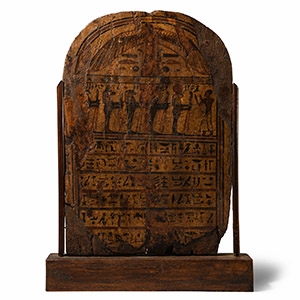
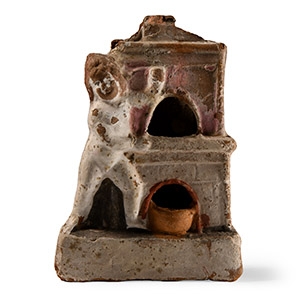

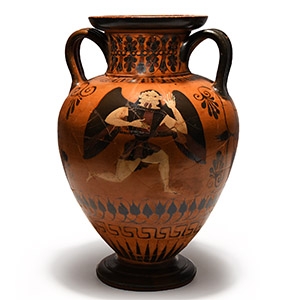
.jpg)
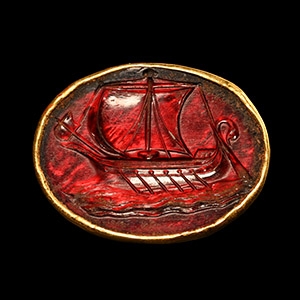
.jpg)

.jpg)
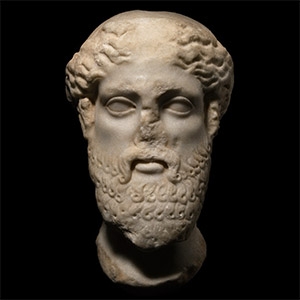
.jpg)
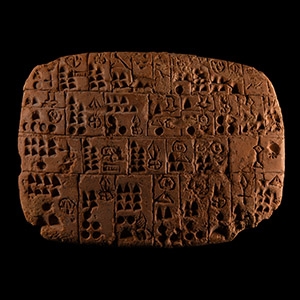

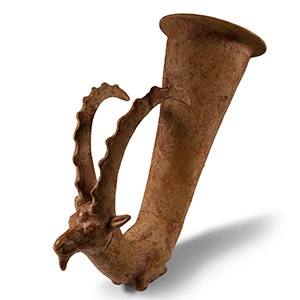
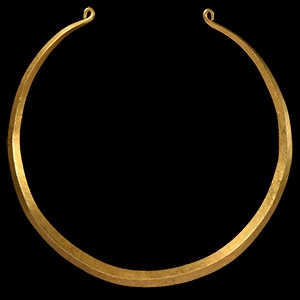
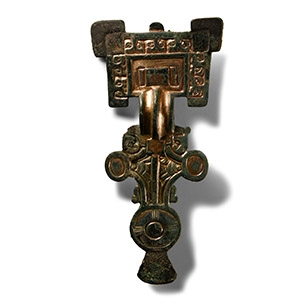
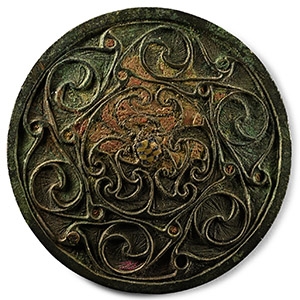

.jpg)
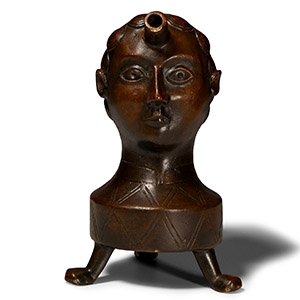
.jpg)

.jpg)
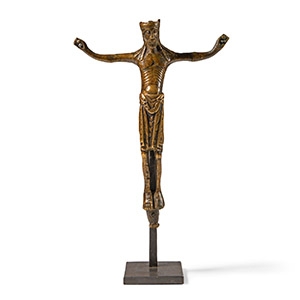
.jpg)
.jpg)
.jpg)
.jpg)
.jpg)
.jpg)
.jpg)
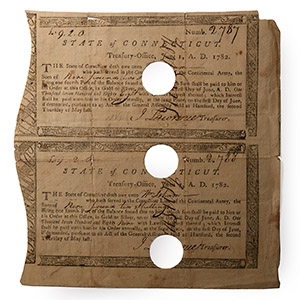
![Ancient Greek Coins - Mixed AE Unit and Fraction Group [11] Ancient Greek Coins - Mixed AE Unit and Fraction Group [11]](https://timelineauctions.com/upload/images/items/small/213750-s.jpg)

![Ancient Greek Coins - Mixed AR Fractions Group [20] Ancient Greek Coins - Mixed AR Fractions Group [20]](https://timelineauctions.com/upload/images/items/small/213751-s.jpg)




